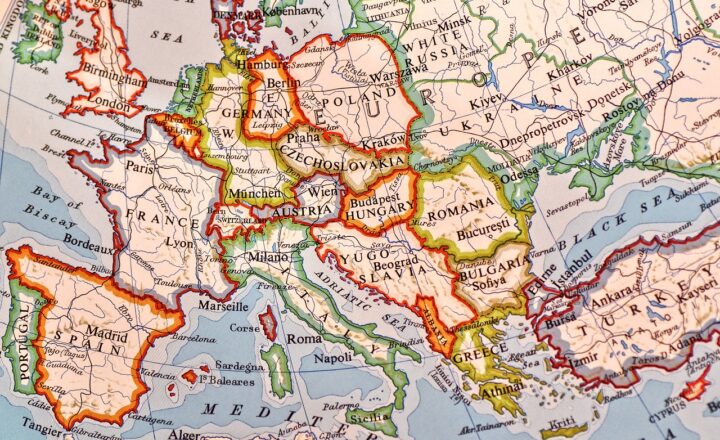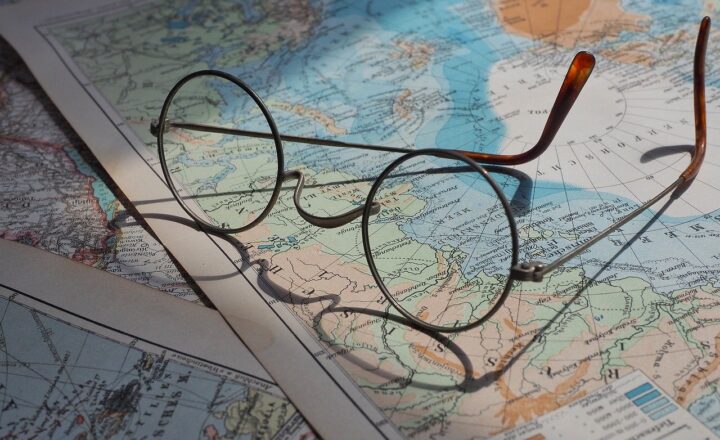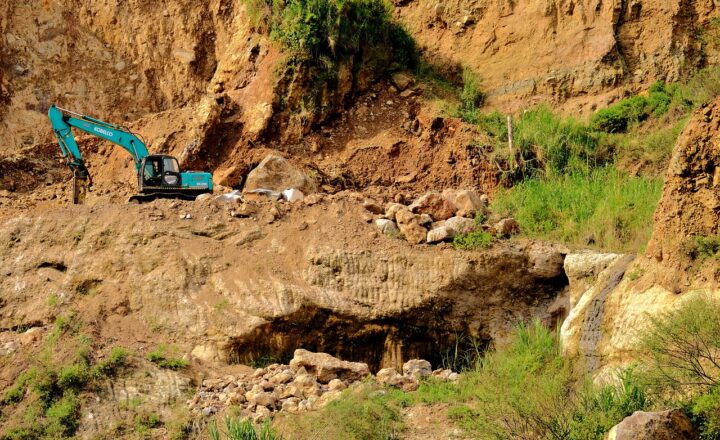Ancient Maps That Seem to Depict Lost Civilizations and Uncharted Continents
November 12, 2024

Maps have long been more than mere navigational tools; they are windows into the past, revealing the geographical understanding and cultural beliefs of their time. Among the countless maps created throughout human history, some stand out for their peculiar depictions of lands and civilizations that seem to have vanished from humans’ collective memory. In this article, we explore ancient maps that suggest the existence of lost civilizations and uncharted continents, captivating our imaginations and raising questions about our planet’s history.
1. The Mappa Mundi: A Medieval Perspective
The Hereford Mappa Mundi, dated to the early 14th century, is one of the largest surviving medieval maps. Measuring about 1.58 by 1.34 meters, it serves as an impressive representation of the medieval view of the world, combining geography, religion, and myth.
What stands out about the Hereford Mappa Mundi is its distinct depiction of the continents, particularly Africa and Asia. Unlike more modern maps, this map doesn’t aim for accuracy in distance or scale; instead, it reveals how medieval people perceived the world. Additionally, it features a number of mythical creatures and legendary places, such as the Garden of Eden, showcasing the blend of faith and exploration.
Interestingly, scholars have pointed out that the Mappa Mundi includes depictions of lands like “Cape of Good Hope” and references to places that some argue suggest knowledge of locations further afield, possibly even the Americas or lands of lost civilizations beyond what historians recognize.
2. The Piri Reis Map: A Glimpse into the Pre-Columbian World
The Piri Reis map, created in 1513 by the Ottoman admiral Piri Reis, is a remarkable artifact of cartography that has puzzled historians and geographers alike. The map is particularly famous for its depiction of the western coasts of Africa and South America, but what truly fascinates many is its inclusion of Antarctica, a continent not officially discovered until much later.
Though the map is drawn based on both ancient sources and the maritime knowledge of his time, its detailed rendition of coastlines, coupled with the distinct lack of ice covering Antarctica, raises questions about what ancient explorers might have known. Some theorists even posit that this could suggest contact with advanced civilizations long before European exploration took place.
Despite disagreement over its implications, the Piri Reis map compels us to think critically about lost civilizations and the potential advanced knowledge they held about the world.
3. The Vinland Map: Controversial Evidence of Norse Exploration
The Vinland Map, which has become the subject of much debate, claims to show part of North America, specifically a region named “Vinland,” believed to have been settled by Vikings around the year 1000 AD. Although this map was first presented as a 15th-century artifact in the 1960s, it has since faced scrutiny regarding its authenticity and age.
The existence of Vinland, as indicated by the map, suggests that Norse explorers reached North America well before Columbus. If true, this points to a historical narrative featuring lost civilizations that predated recognized settlements. Despite numerous studies revealing signs of forgery, interest in Vinland remains due to its implications of unchartered historical territories.
The arguments for and against the Vinland Map raise questions about the true extent of exploration before the Age of Discovery and whether it holds the key to understanding lost aspects of human history.
4. The Sudbury Map: A Possible Glimpse into the Unknown
Discovered in Sudbury, Ontario, in the 19th century, the Sudbury Map presents an unconventional take on North America. This map illustrates landforms and symbols suggesting potential locations of lost civilizations. Unlike traditional maps, it includes markings that could imply advanced urban centers long before European colonization.
One significant feature includes depictions of iron mines and roads, which implies infrastructural development associated with lost cultures. The unusual symbols and elaborate details captured the imagination of many, leading to speculation about possible Native histories that went unrecorded in mainstream history.
While many regard the Sudbury Map as folklore, it prompts contemplation over whose narratives are preserved in history and what knowledge remains hidden.
5. The Waldseemüller Map: The First Map to Show the Americas
In 1507, Martin Waldseemüller produced a groundbreaking map referred to as the Waldseemüller map, which is recognized for being the first to use the name “America” to describe the New World. While the map primarily resonates with its introduction of America into the cartographic lexicon, it simultaneously includes suggestive outlines of other potential lands yet to be explored, sparking intrigue about lost civilizations.
The representations of various territories suggest not only European knowledge but also speculate hidden lands that could harbor history beyond recorded expeditions. As history demonstrates, there is a pattern of cultures being ontologically overlooked, begging questions about what they may have contributed to global civilization.
6. The Futuristic Pondering: What Lies Beneath?
In recent years, advancements in technology have allowed researchers to analyze geological data and satellite imagery, leading to the discovery of sites and civilizations lost for centuries. For instance, LiDAR (Light Detection and Ranging) technology has uncovered ancient Mayan cities hidden beneath dense jungles in Central America.
As we delve into these ancient maps, we are left with a sense of wonder about uncharted territories still waiting to be discovered and civilizations that time has forgotten. The narratives woven through these artifacts serve as reminders of the continuous quest for knowledge and understanding of our world, compelling us to look deeper not only into maps but into the stories behind our existence.
Conclusion: The Continuing Mystery of Ancient Cartography
Ancient maps encapsulate human creativity and reflect humanity’s ability to narrate its existence through exploration and imagination. The intrigue surrounding maps depicting lost civilizations and uncharted territories provokes thoughtful consideration of what we have yet to learn about our past. With each ancient map examined, we unravel not only geographical truths but also fragments of human history that continue to elude us.
As we tread deeper into our exploration of the past, we must remain vigilant in our quest to uncover territories, civilizations, and narratives that have been lost in time, for who knows what astonishing discoveries lie just beneath the surface.
Through misunderstanding of ancient wisdom or mere fascination with exploration, these maps inspire us all to look at our world differently, with wonder and curiosity, searching for the lost in the ever-unfolding story of humanity.







